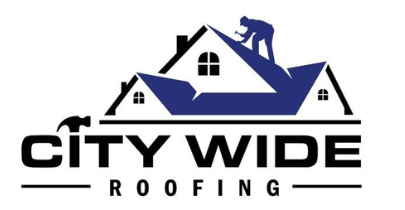There are several different types of cool roofs available on the market today, and each offers unique benefits for your building. Depending on the type of roof you choose, it can help to reflect sunlight away from your home or business, reduce heat absorption during hot summer days, lower cooling costs, increase energy efficiency, and more.
Metal Roofs – Metal roofs come in a variety of materials such as aluminum and steel. These roofs are often installed over an existing asphalt shingle roof since they are lightweight and easy to install. They have high reflectivity rates which help keep the temperature inside your building cooler. Additionally, metal roofs can last up to 50 years with minimal maintenance required. The cost of installation is typically higher than other types of cool roofs, so it may not be ideal for those on a budget.
Tile Roofs – Tile roofs are made of clay or concrete and have high reflectivity rates due to their bright colors. They are also very durable and can last up to 100 years. Another benefit of tile roofs is the fact that they can withstand extreme weather conditions such as hail, strong winds, and heavy snowfall. The downside is that installation costs tend to be higher than other types of cool roofs and tile roofs require regular maintenance in order to keep them looking their best.
Spray Foam Roofs – Spray foam roofing is a popular option for both commercial and residential buildings due to its low cost, energy efficiency, and durability. It is applied directly to the roof and creates an airtight seal which helps keep heat out. Spray foam roofs can also be customized with different colors and textures, making it a great option for those looking to add some style to their roofing. The downside is that they require regular maintenance in order to ensure they are functioning properly.
Green Roofs – Green roofs are typically layered systems composed of vegetation, soil, drainage layers, and waterproof membranes. They have high reflectivity rates due to the vegetation on top of the roof which helps reduce energy costs and cool temperatures inside the building during the summer months. Additionally, green roofs help provide insulation against extreme weather such as hail and heavy snowfall. The downside is that installation costs may be higher than other types of cool roofs and they require regular maintenance in order to keep them functioning properly.
No matter what type of cool roof you choose, it is important to consider the cost, durability, energy efficiency, and style that each offers before making a decision. With careful research and consideration, you will be sure to choose the right type of cool roof for your building.
Cool Roofs vs. Traditional Roofs: A Comprehensive Comparison
The Benefits of Cool Roofs: Energy Efficiency, Cost Savings, and Environmental Impact


